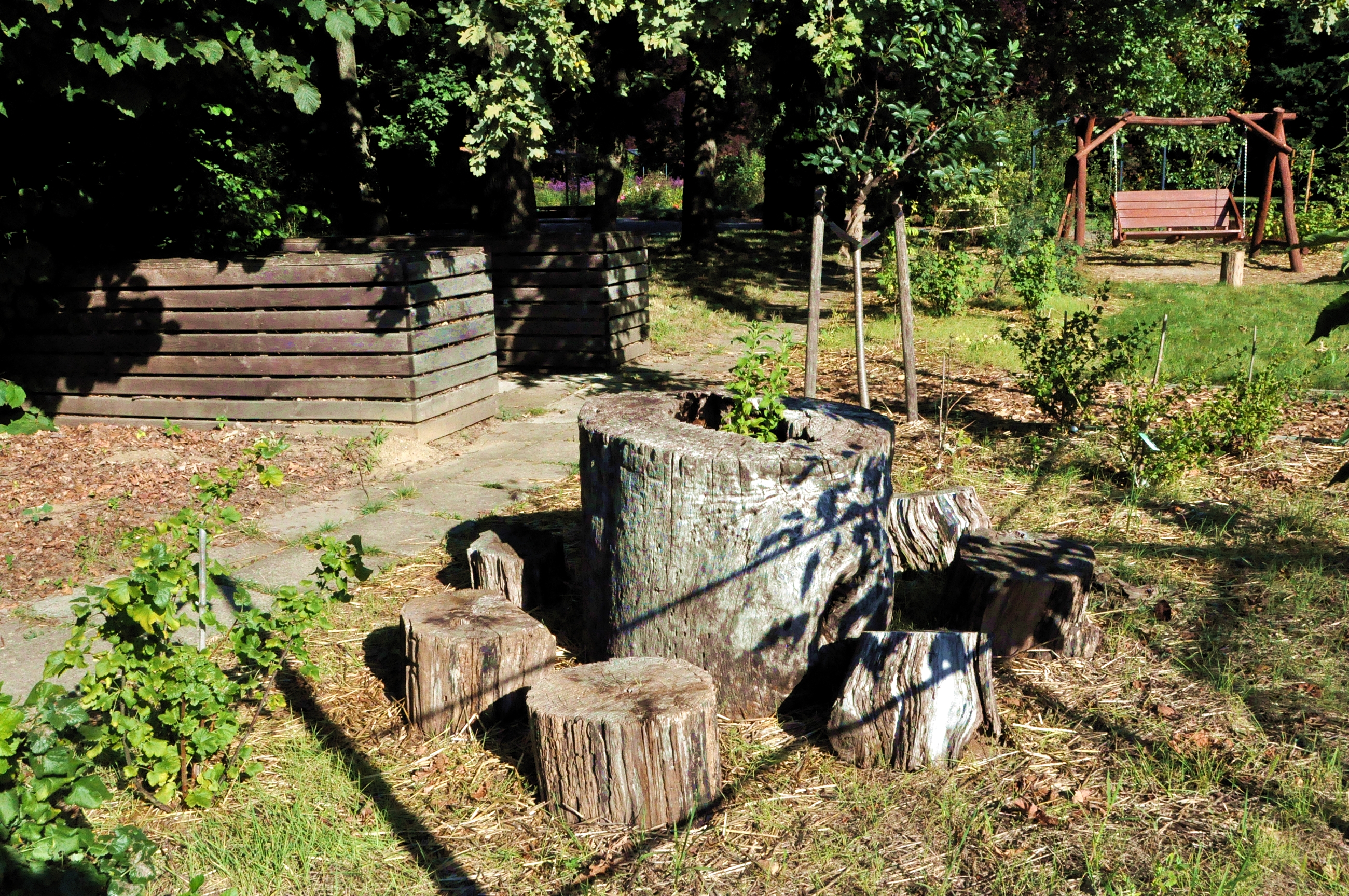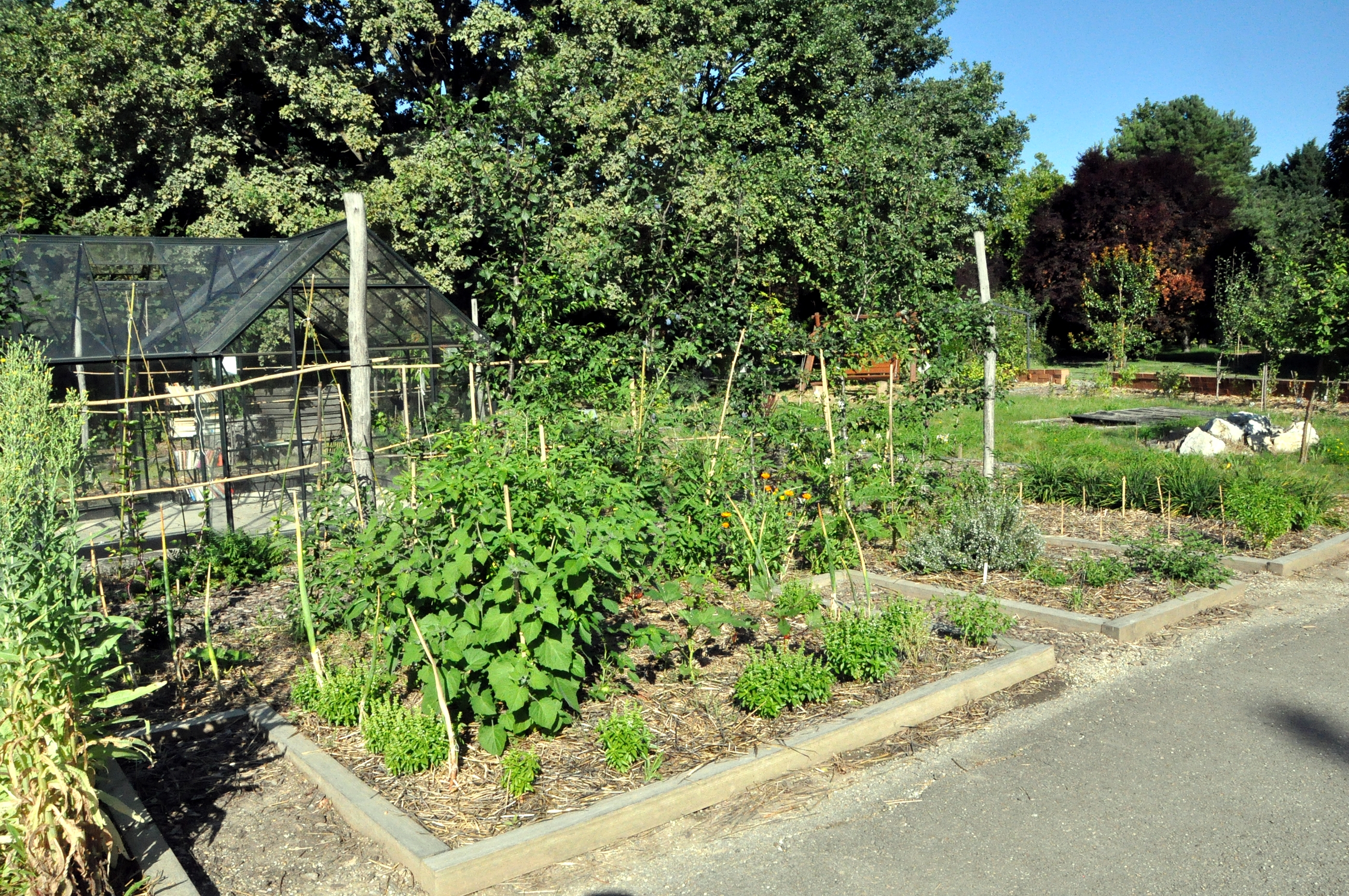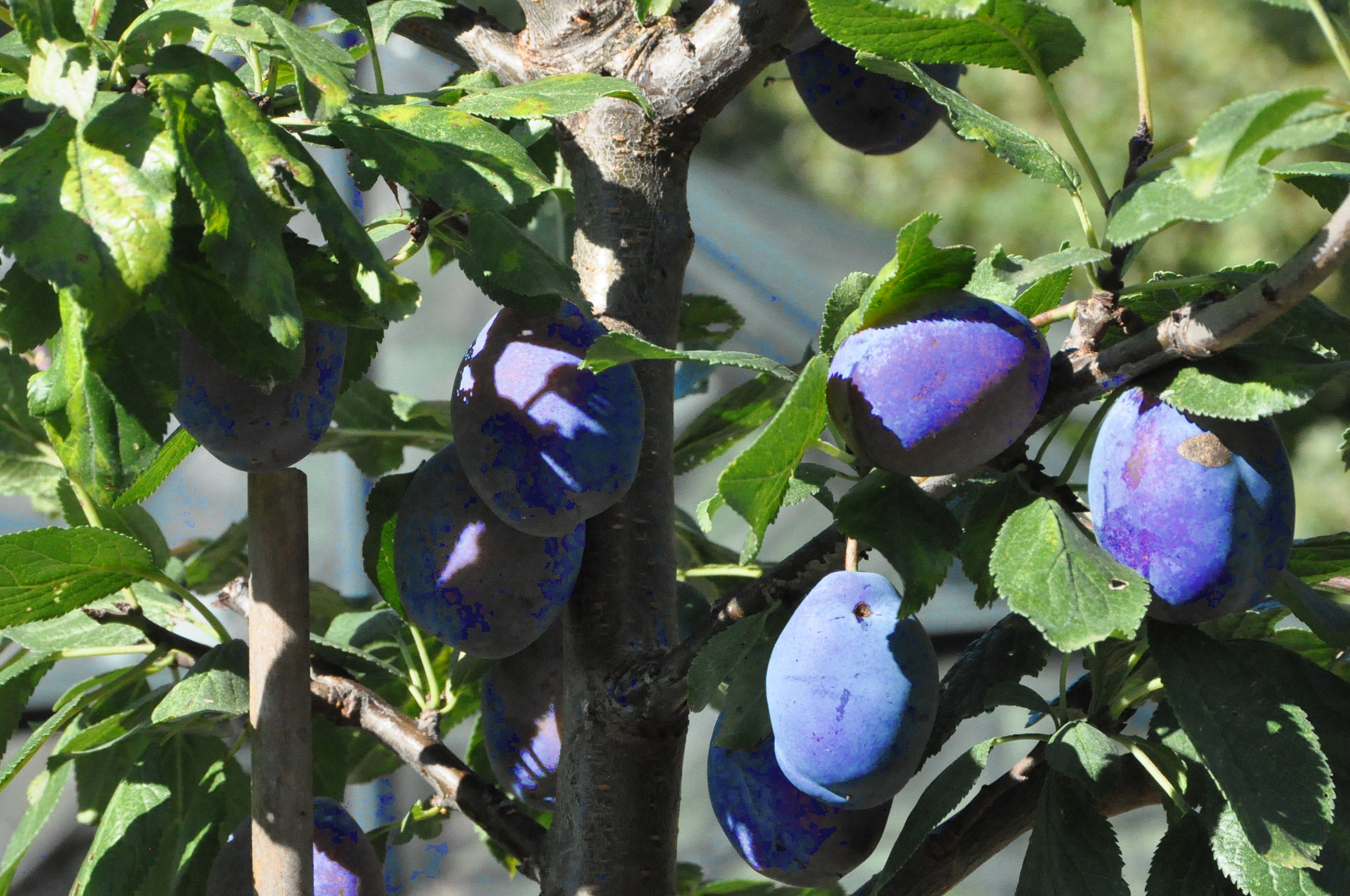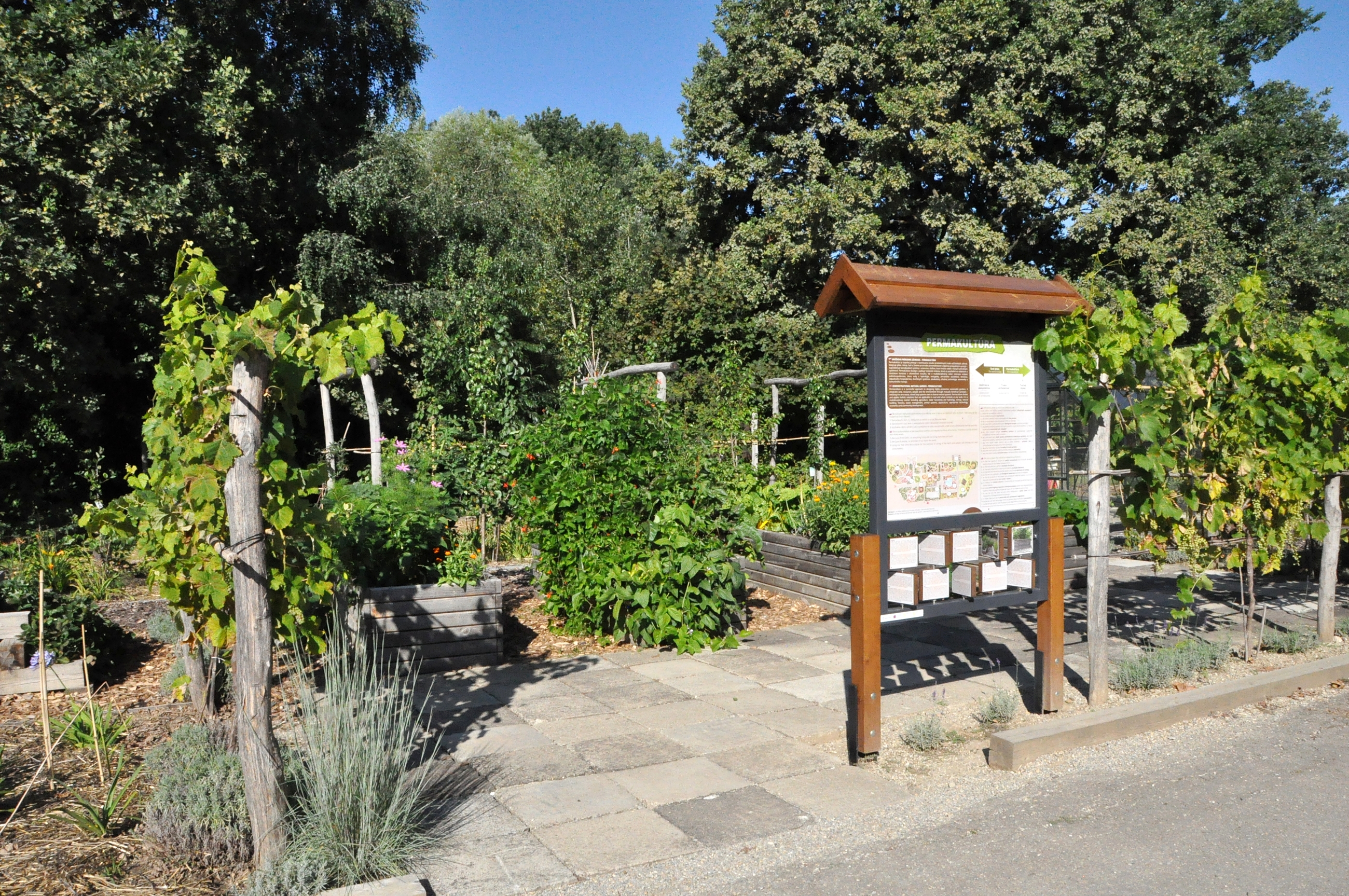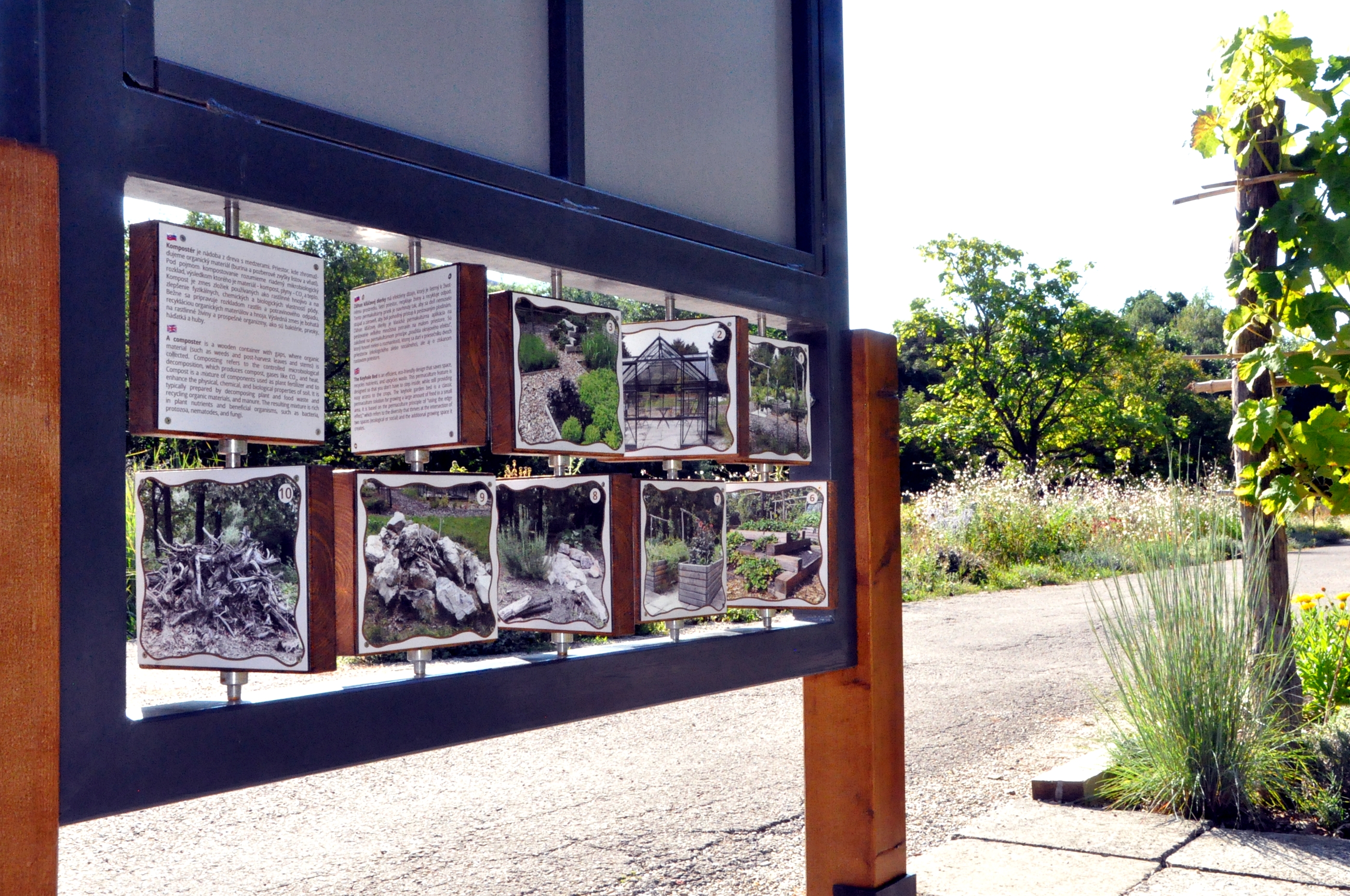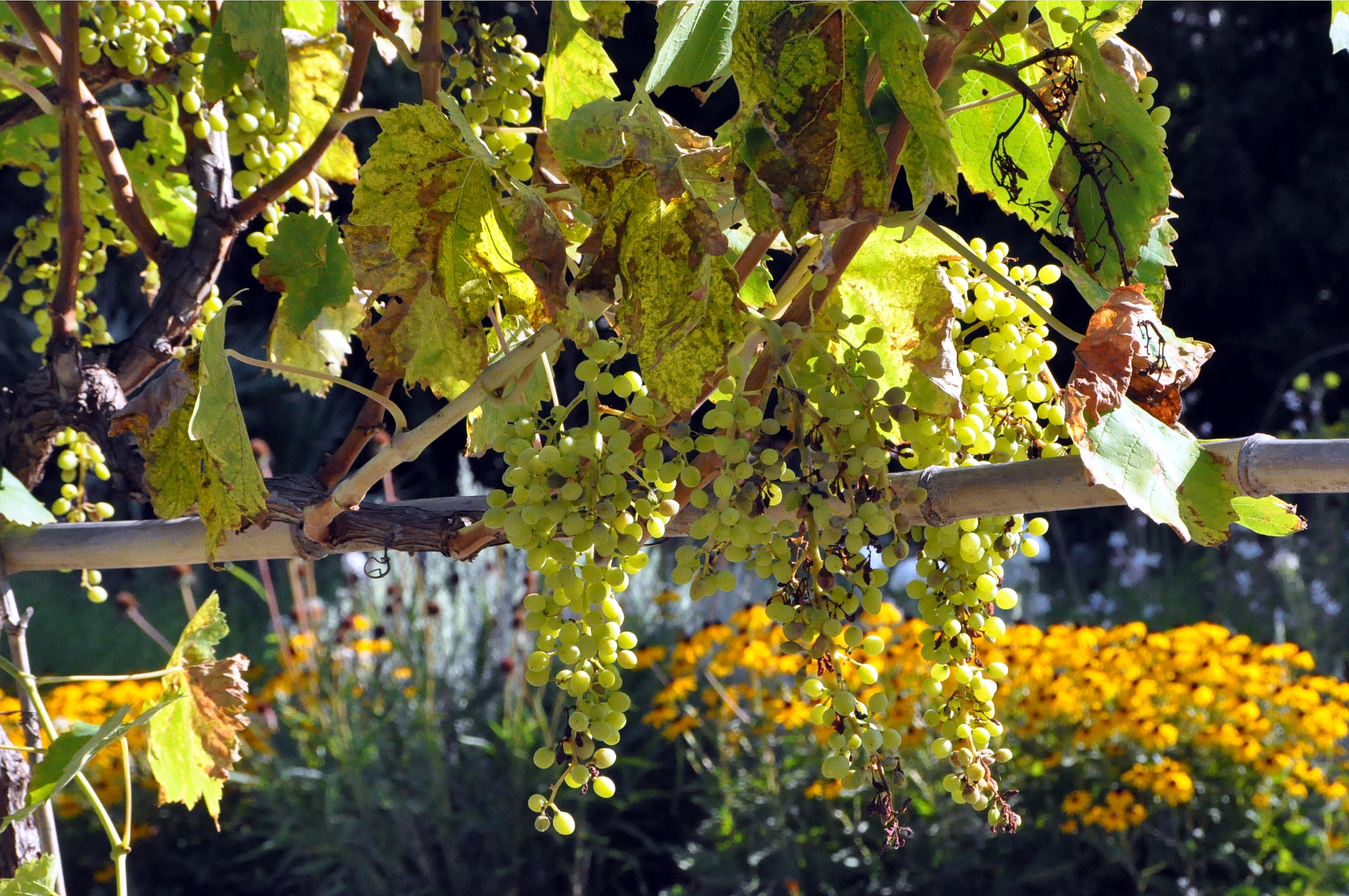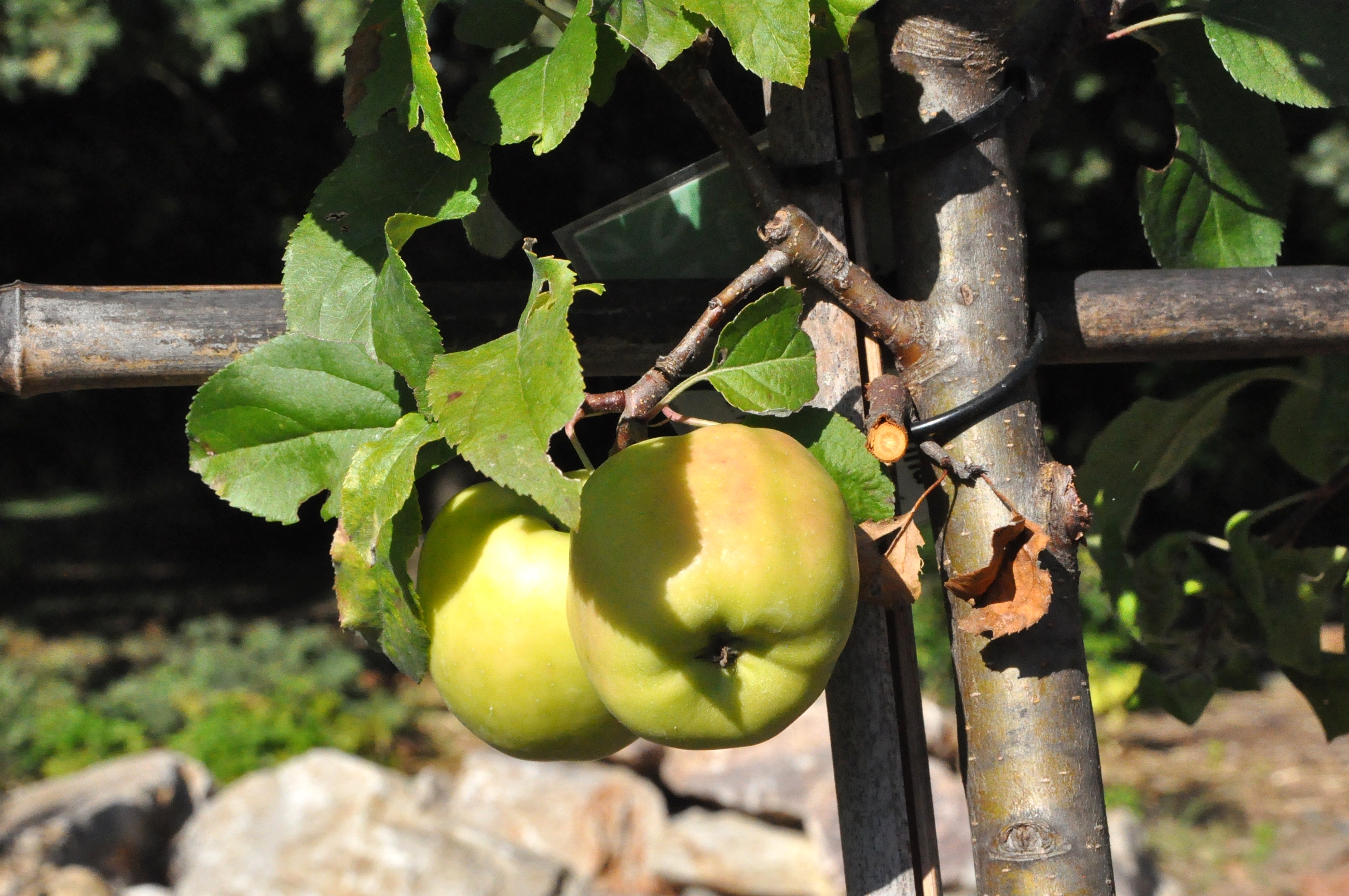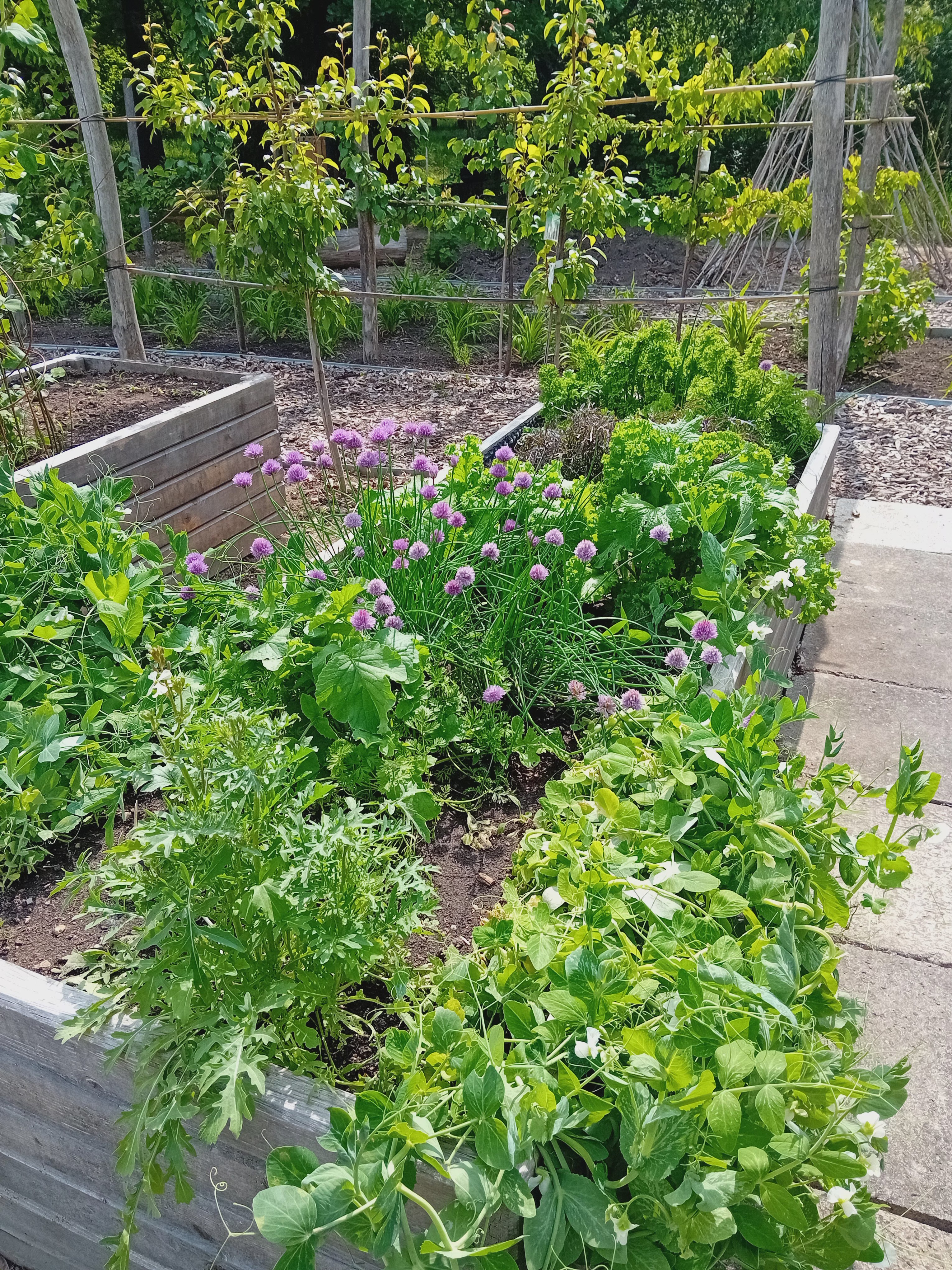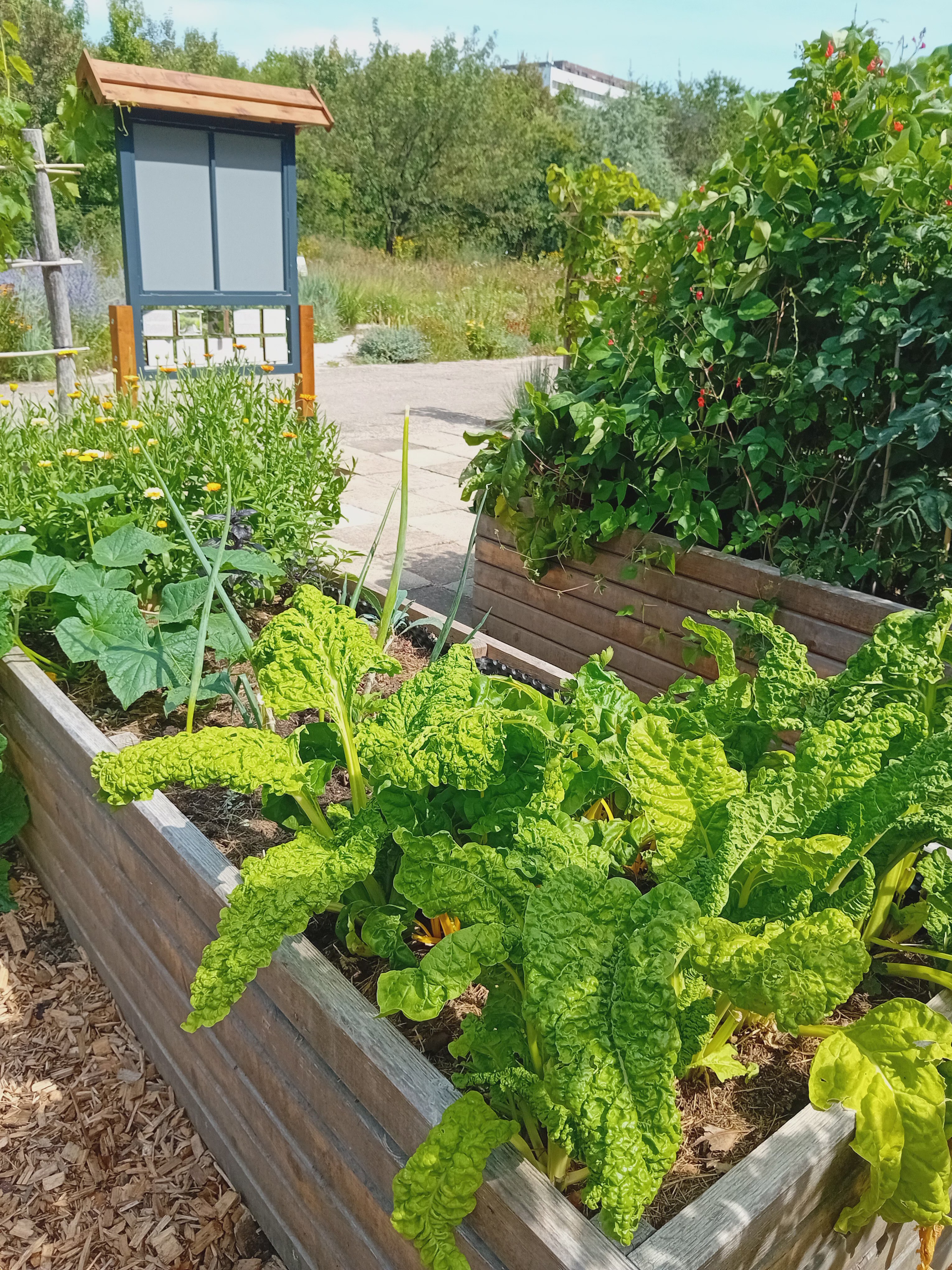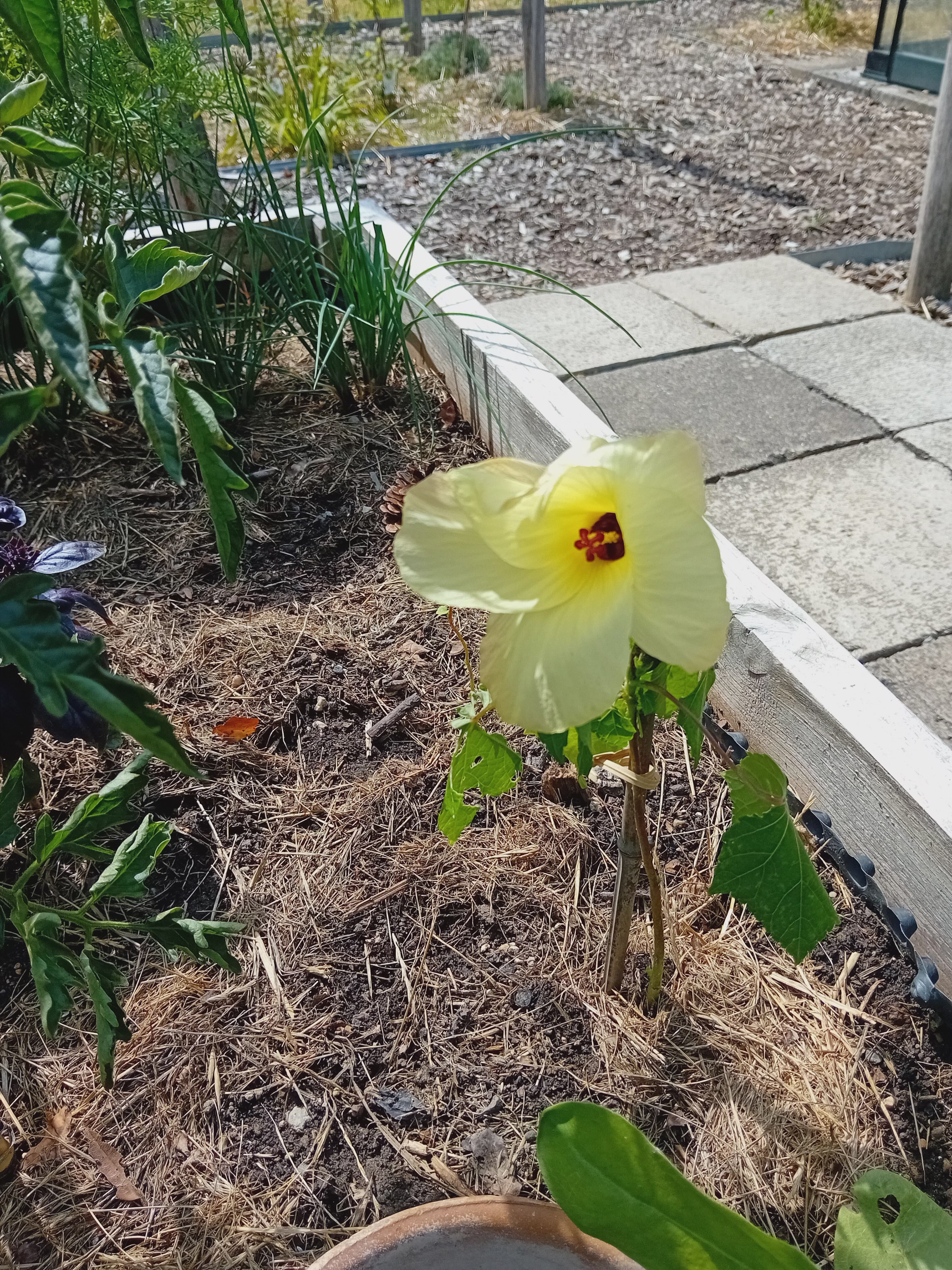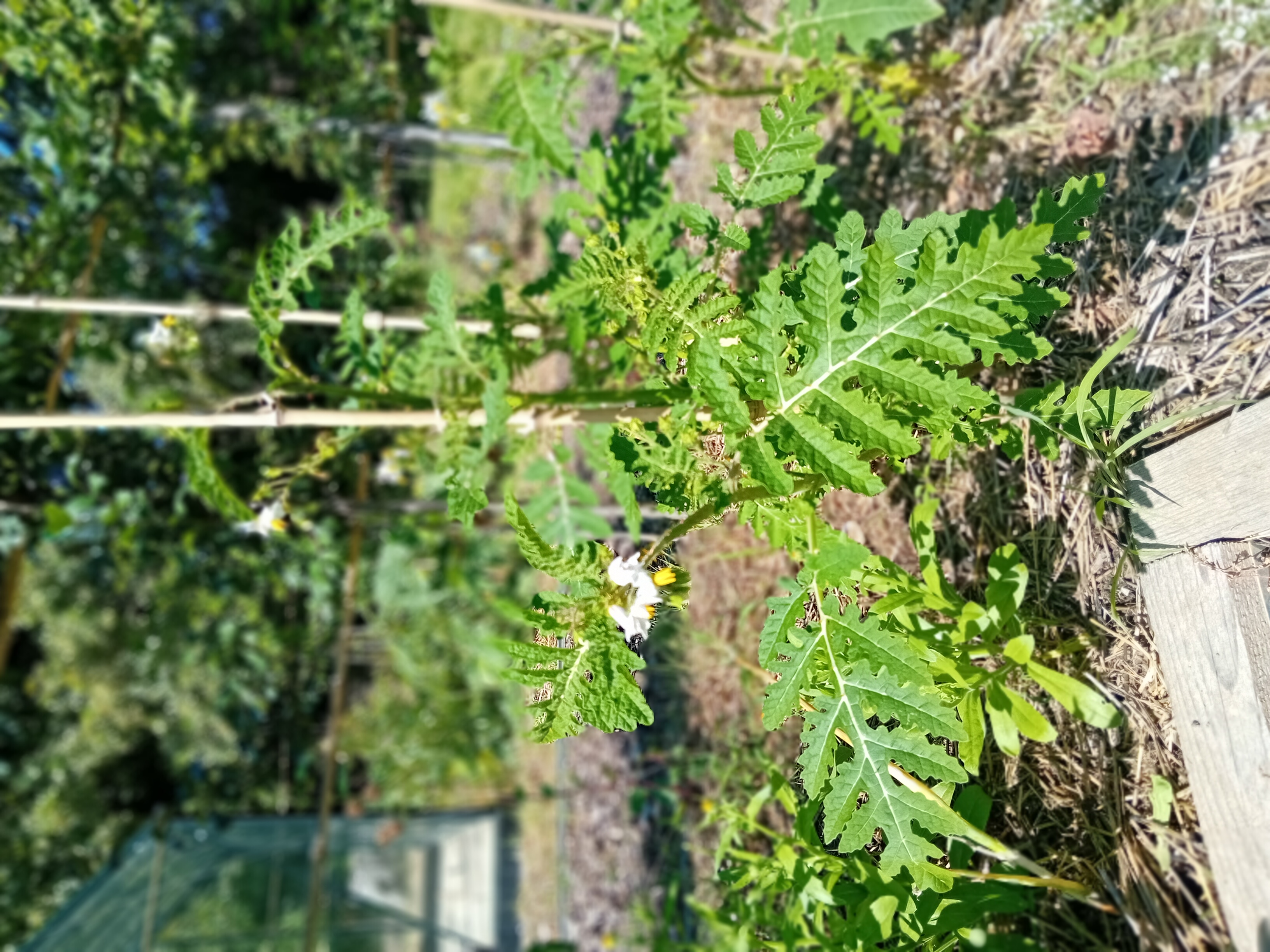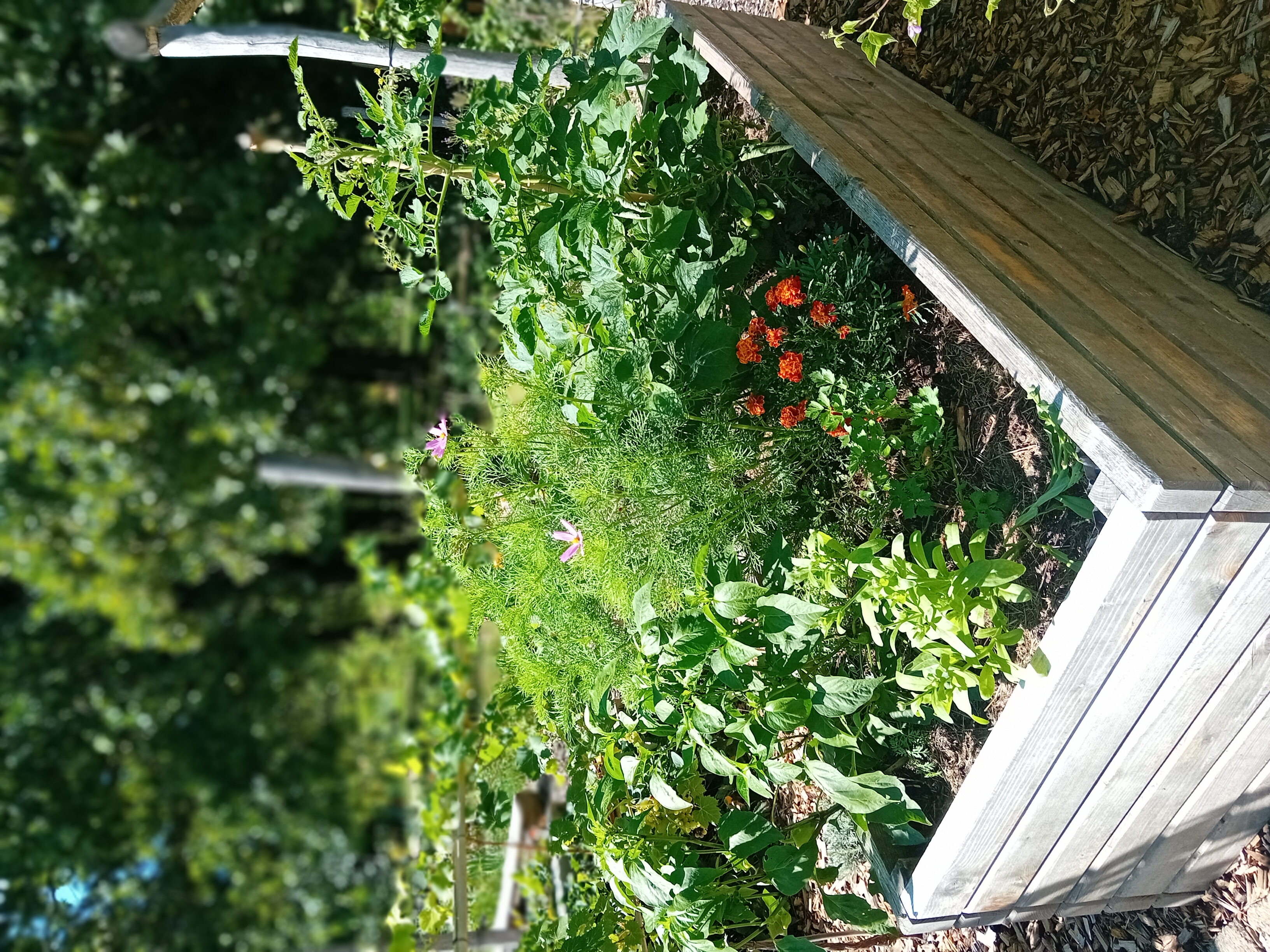At the SUA permaculture garden, visitors can taste unusual fruits, edible flowers, and medicinal herbs
19.08.2025
Visitors to the Permaculture Garden of the Slovak University of Agriculture (SUA) in Nitra, located within the park of the SUA Botanical Garden, can admire, and taste, both traditional and unconventional crops, edible flowers, and medicinal plants.
The garden consists of several zones, including an edible forest, a meadow, raised beds, a “keyhole” bed, and an herb labyrinth. There is also a relaxation area. “We created this demonstration garden primarily to inspire people. We wanted to show that even a small plot can host a sustainable and abundant ecosystem. There is always something interesting to observe or taste – berries, leaves, stems, roots, or mushrooms,” says Ing. Jana Šlosárová, specialist at the SUA Botanical Garden.
Zones of the Permaculture Garden
The “edible forest” zone combines small fruit shrubs, fruit trees, and edible flowers. In addition to berries such as strawberries, currants, gooseberries, sea buckthorn, blackberries, serviceberries, chokeberries, and honeyberries – and traditional fruits like grapes, apples, pears, plums, cherries, quinces, and medlars – new, less common fruit species have been introduced. These include cudrania tricuspidata, sweet calabash, Elaeagnus multiflora, and an exotic tree with long, dark blue fruits known as “dead man’s fingers.” The area is complemented by chives, oregano, and daylilies – edible flowers with a pleasantly fresh taste used in salads and as a garnish in gastronomy.
The raised beds host a wide range of plants from early spring until the first frosts, including vegetables, herbs, spices, and flowers. “In spring, visitors could see and taste garden peas, wrinkled-seeded peas, Asian leafy greens such as mizuna and Chinese mustard, round early carrots, purple carrots, rocket, and colourful radishes. In summer, the raised beds offer a variety of vegetables combined with flowers like cosmos and marigolds, which attract pollinators. Vegetables include different varieties of tomatoes and peppers, colourful Swiss chard, climbing beans, leeks, ground cherries, and others,” explains J. Šlosárová. Aromatic and medicinal herbs are also grown here, bringing beneficial qualities to neighbouring plants. For example, calendula has edible, medicinal flowers, while the annual herb perilla (also called “black nettle”) is valued for its medicinal properties, and its leaves are used in salads. “In the future, the herb labyrinth will feature a new concept of medicinal plants, expanding its current design and offering visitors more opportunities to explore and learn about healing herbs. It will certainly include traditional medicinal, aromatic, and spice plants, as well as less common species,” she adds.
The “keyhole” bed features various tomato varieties, chili peppers, litchi tomatoes, and beautifully flowering okra. It also includes Physalis peruviana, which hides its sweet red fruits inside orange husks, and purple ground cherries, whose fruits are edible only after processing. Climbing vegetables such as Malabar spinach and ornamental gourds of various shapes grow here as well. The bed is lined and filled with colourful basil plants. Around the greenhouse, climbing beans, spaghetti beans, and achocha (pepino cucumber) have been planted. The “keyhole” bed is designed for spatial, temporal, and energy efficiency – its shape allows easy access to plants without walking on the bed, thus protecting the soil from compaction. Over time, the garden has been enriched with play and educational features, including a dendrophone, a sensory path, a greenhouse with a small library, and a relaxation swing.
A Garden Without Chemicals
Permaculture does not use chemicals; only natural-based fertilisers are applied. The soil is regularly mulched with straw, leaves, wood chips, and gravel, which helps retain moisture during hot summer days, protects against frost in winter, provides warmth in spring, reduces weed growth, and improves soil condition. An integral part of permaculture is a composter, which recycles organic waste into valuable fertiliser, closing the nutrient cycle.
Visitors will also notice piles of stones, branches, wood, and leaves – habitats created for beneficial organisms such as hedgehogs, snakes, lizards, birds, insects, and earthworms. These creatures help protect the garden from pests and prevent their uncontrolled spread. The garden also includes an insect hotel.
Creating a thriving permaculture garden is a long-term, multi-year process. “There are no universal templates – each demonstration garden is constantly evolving, becoming a unique creation,” concludes J. Šlosárová.

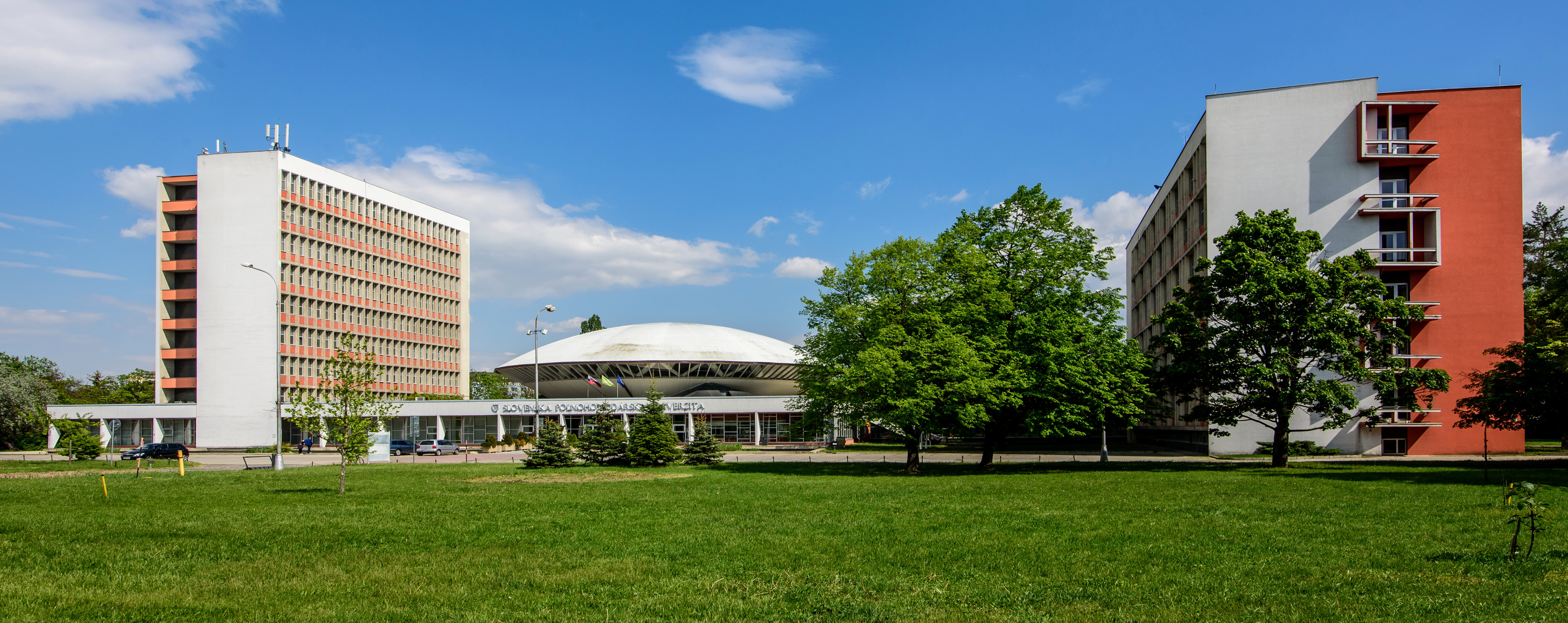
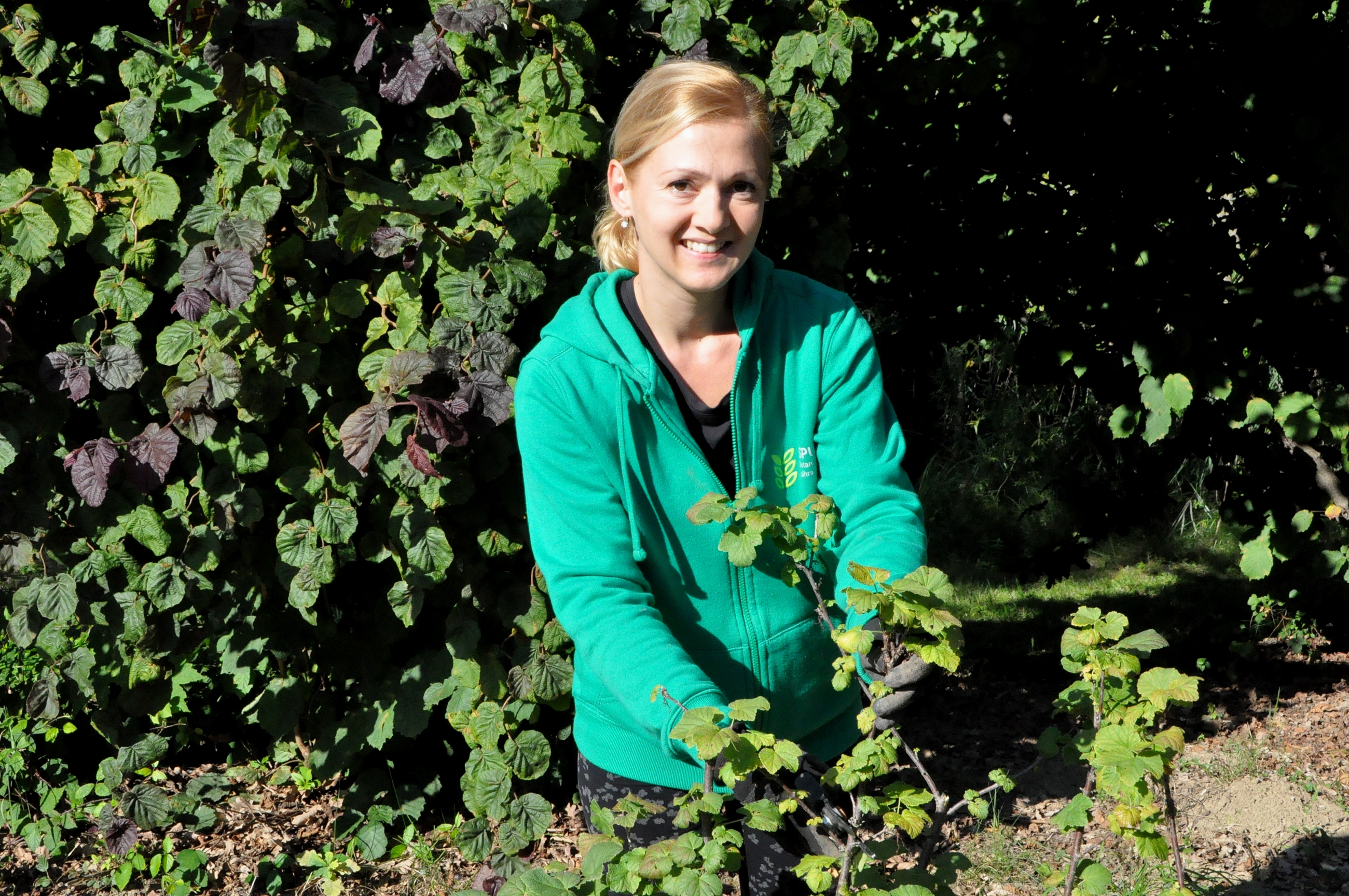

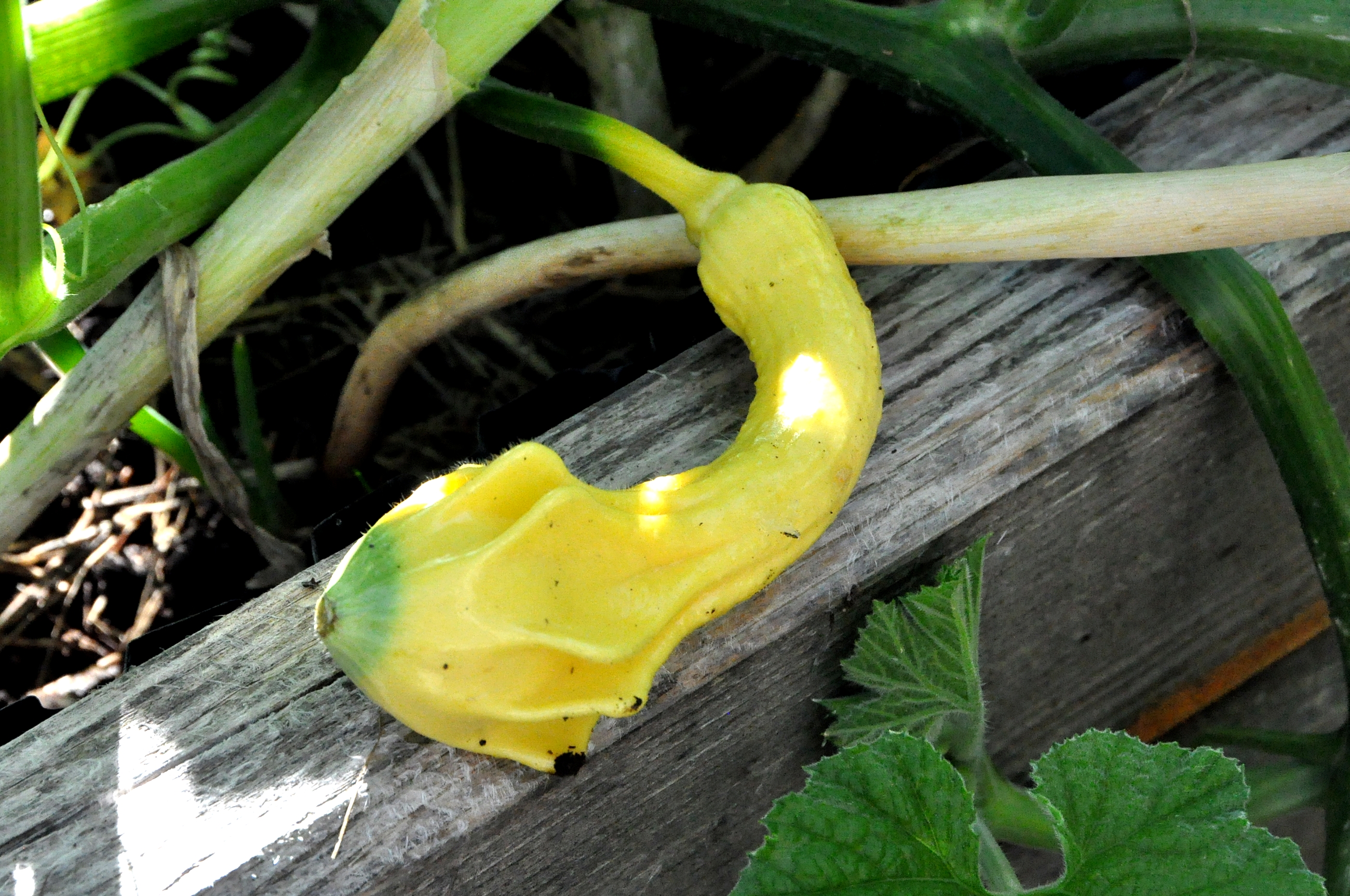

.JPG)
 – kópia.JPG)
.JPG)
.JPG)
